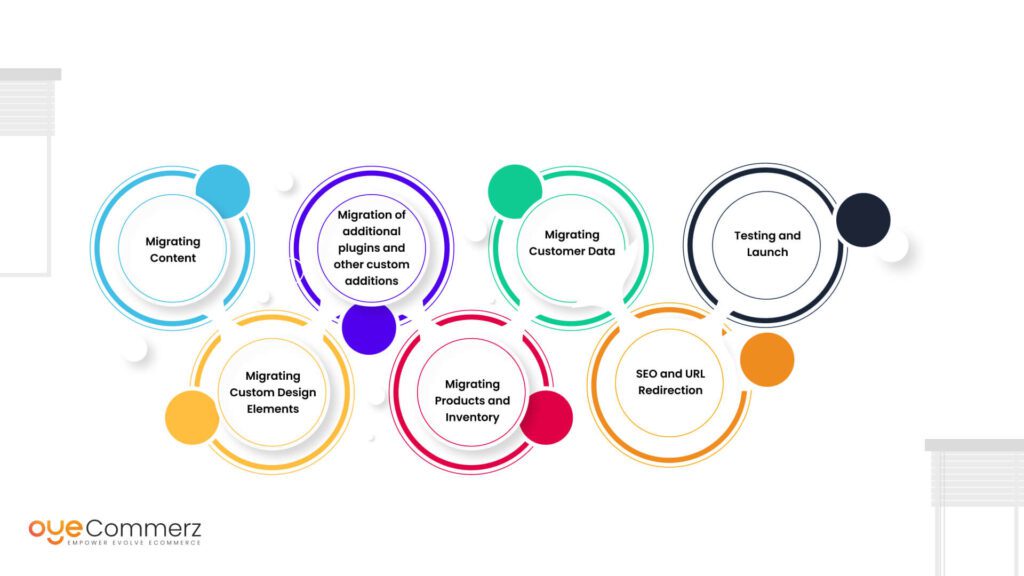In the constantly changing world of online retail, choosing the optimal solution is crucial for your company’s success. If you’re presently using WP and considering a migration to an alternative, you’re not the only one. Numerous businesses are making this transition to leverage Shopify’s robust features, simplicity, and scalability. This guide will walk you through the process of migrating from WP to this platform seamlessly, ensuring that you unlock your online retail potential.
Why Migrate from WordPress to this platform?
Ahead of exploring the migration process, it’s essential to realize why this transition can be helpful for your online store:
Accessible Tools: Shopify features an straightforward dashboard that simplifies store management, enabling for non-technical users.
Flexibility: As your business grows, Shopify can accommodate higher visitors and sales without compromising efficiency.
All-in-One Solutions: Shopify comes with integrated tools for search engine optimization, analytics, payment handling, and much more, eliminating the need for multiple plugins.
Enhanced Security: With Shopify, you get access to advanced security measures that protect critical customer details.
Steps for a Effortless Migration
Migrating your online store from WP to Shopify involves key steps.
Here’s steps to achieve a smooth transition:
Outline Your Migration Plan
Start by outlining your migration plan. Pinpoint which aspects of your present site you plan to migrate, such as:
Product data
User details
Transaction records
Blog content
Select the Appropriate Migration Solution
Based on your preferences, opt for a migration package that fits your business. Migration experts provides various options:
Starter Package: Perfect for compact stores with fewer products.
Mid-Tier Plan: Suitable for medium-sized businesses with intermediate requirements.
Advanced Plan: Best for larger stores needing broad customization.
Save Your Data
Before beginning the migration, guarantee that you have a complete backup of your WordPress site. This step is essential in case anything goes wrong during the migration.
Retrieve Your Content from WordPress
Leverage tools or alternative solutions to transfer key data from your WordPress site:
Products
Customers
Transactions
Content pieces
Upload Content into Shopify
When you have your content retrieved, utilize Shopify’s migration apps or specialized apps to upload your content into your Shopify store. Verify that all data is accurately formatted and arranged.
Customize Your Shopify Platform
Once importing information, adjust your Shopify store’s layout to reflect with your brand identity. Look into hiring a developer if you require detailed customization.
Establish TransactionOptions and Delivery Settings
Set up billing solutions and shipping settings in Shopify to ensure a smooth purchase experience for customers.
Apply Search Engine Optimization Best Practices
To preserve your SEO performance Shopify feature comparison during the migration:
Implement 301 URL mappings from previous URLs to updated ones.
Refresh descriptions.
Enhance media and copy for SEO.
Test Your New Store
Before launching, completely check your Shopify platform. Look out for any errors, checkout failures, or missing data.
Go Live Your Platform
After everything is in ready, it’s time to launch! Inform the update to your clients and motivate them to experience the updated features of your Shopify store.
Post-Migration Support
Following publishing your new store, continued help is essential. Explore engaging professionals who can help with:
Site maintenance
Marketing strategies
Improvement strategies
Conclusion
Migrating from WP to this platform can be a crucial step for your online retail. By using this guide and leveraging experts like those offered by OyeCommerz, you can ensure a effortless transition that enhances your digital storefront. Adapt Shopify troubleshooting guide to the change and discover the potential of Shopify today!
